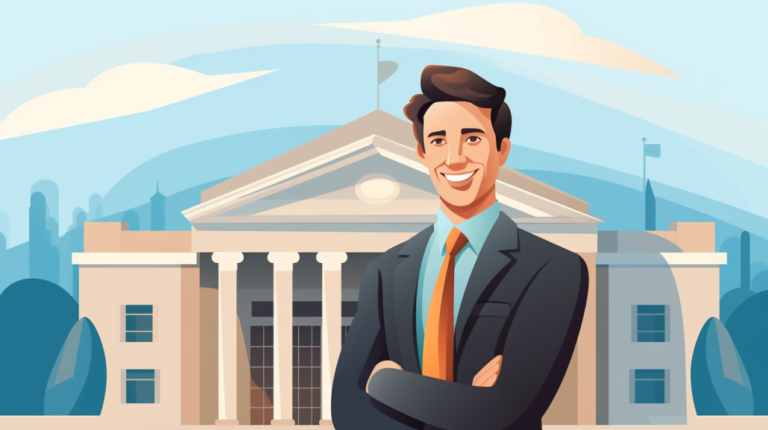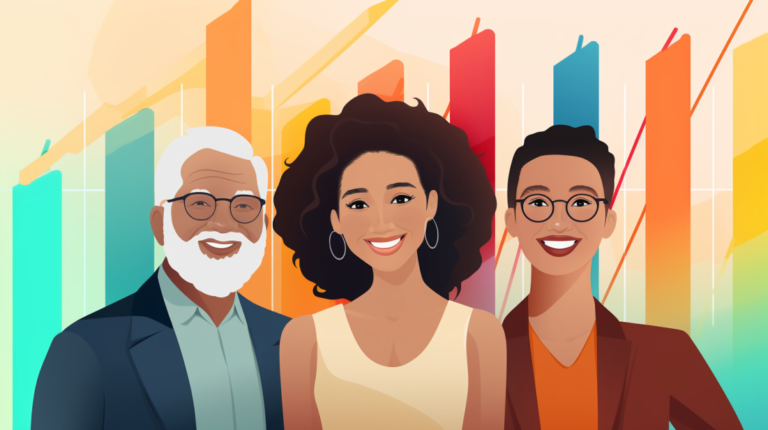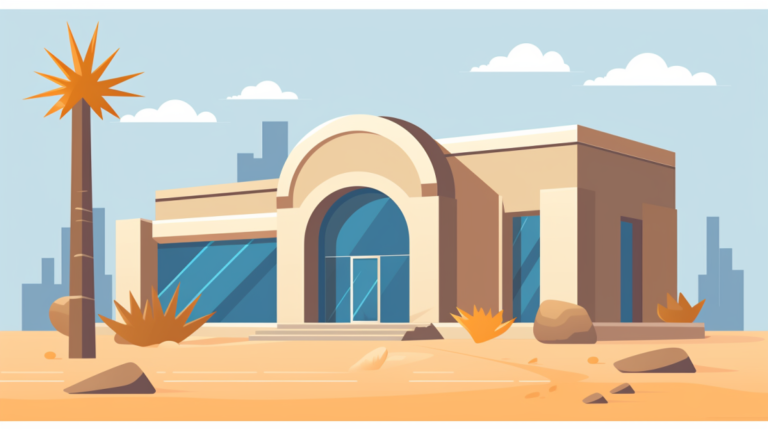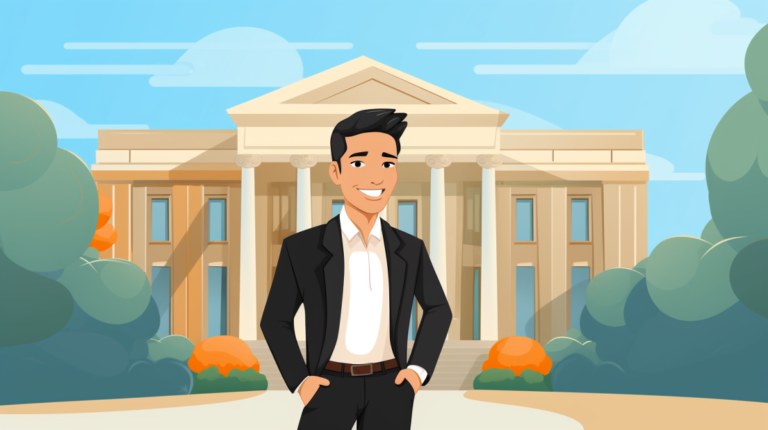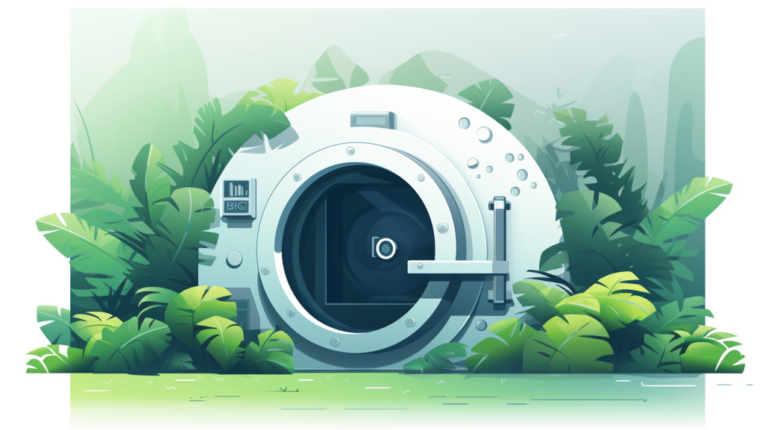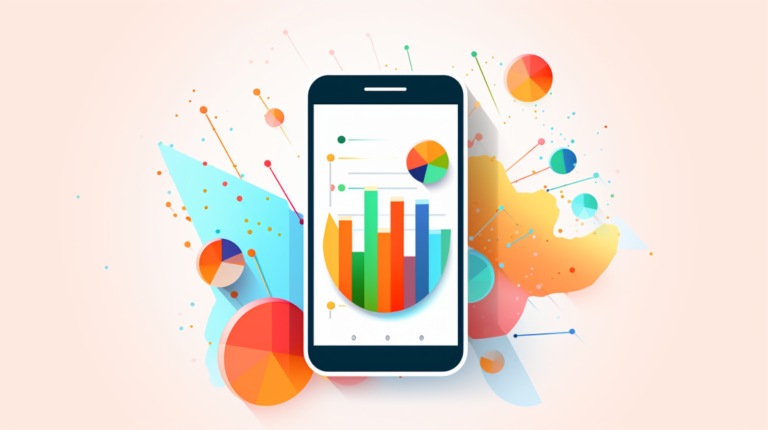Are you one of the many Americans classified as
unbanked or underbanked? I completely understand that
managing daily transactions and financial planning can be a real head-scratcher. Presently, around
5.9 million households don’t have the crutch of a
checking or savings account at a bank or credit union in 2021! This blog post aims to be your beacon in the foggy world of finance by offering simple yet effective banking solutions for these tricky situations. So sit tight – together we’ll navigate through these challenges and steer towards achieving rather robust financial security.
Key Takeaways
- Unbanked and underbanked people do not use banks much or at all. The unbanked have no bank account while the underbanked do but also use other services.
- It’s tough for these folks to save money, get credit, or avoid high fees. They usually spend more on handling their cash than others.
- Free bank accounts can help them a lot. These need less money to open and don’t charge monthly fees.
- Learning about banking is also key! Programs that teach this can turn unbanked into bank users. Many find ways to manage their money better after learning from these programs.
- Online and mobile banking offer many choices for those with little or no access to banks. Newer tech helps cut costs when it comes to moving money around!
Understanding the Unbanked and Underbanked
In this section, we’ll define who the unbanked and underbanked are, shedding light on these terms to better understand the unique financial challenges faced by these populations.
Definition of Unbanked
Unbanked people are those who
do not use banks or banking services. This means they
don’t have a bank account. They
keep their money in cash and pay bills with it too. About 4.5% of U.S homes, that’s nearly 6 million households, did not use a bank in 2021. Some think banks cost too much or need too much money to start an account. Others might want to keep their money matters private or just don’t trust the banks at all.
Definition of Underbanked
Underbanked means you have a bank account but still use other services outside the bank. For example, you might borrow money from a place that’s not a bank or send cash through non-bank methods. There are many
underbanked households in the U.S. In 2021, about
14.1% of U.S. families were underbanked which is close to 18.7 million homes. This group of people often uses
mobile banking more than fully banked ones and sometimes they do not rely only on their banks for paying bills or handling income sources! Some commonly used services by underbanked consumers include
non-bank ways for sending money orders,
cashing checks and
transferring funds — although usage has dropped some between 2017 and 2021.
The State of Unbanked and Underbanked in the U. S

In the U.S., a significant number of households continue to be unbanked or underbanked, with many facing barriers in accessing traditional banking services.
Current statistics and demographics
It’s important to understand the current statistics and demographics surrounding the
unbanked and underbanked population in the U.S. to grasp the scope of the issue.
| Demographic | Unbanked Percentage | Underbanked Percentage |
|---|
| Overall U.S. households | 4.5% | 14.1% |
| Lower-income households | Higher than average | Higher than average |
| Less-educated households | Higher than average | Higher than average |
| Black households | Higher than average | Higher than average |
| Hispanic households | Higher than average | Higher than average |
| Working-age households with a disability | Higher than average | Higher than average |
| Single-mother households | Higher than average | Higher than average |
The table above shows that certain demographics, such as lower-income and
less-educated households and racial minorities, are disproportionately affected by being unbanked or underbanked. For these groups, the rates of being unbanked or underbanked are higher than the overall average for U.S. households. Moreover, the COVID-19 pandemic has had a significant impact, with government benefits leading to the opening of new bank accounts for some households. Mobile banking has also seen a sharp increase among banked households, while nonbank online payment services remain most prevalent among the banked. The use of nonbank services such as money orders, check cashing, and money transfers has declined in recent years. However, the usage of prepaid cards remains high among unbanked households.
The highest unbanked and underbanked states
Mississippi leads the nation in the percentage of
unbanked and underbanked households, presenting a significant challenge for these residents’ financial stability and access to essential services. Other states also have considerable populations facing banking access issues. Here, I highlight the states with the highest proportions of unbanked and underbanked households.
| State | Percentage of Unbanked Households | Percentage of Underbanked Households |
|---|
| Mississippi | 11.1% | Not available |
| Southern States (average) | 4.9% | Not available |
| United States (average) | 4.7% | 14.1% |
These statistics demonstrate that banking inequality is a pressing issue that disproportionately affects individuals in the South, particularly in Mississippi. There’s a dire need for viable financial solutions for these unbanked and underbanked households.
The Challenges of Being Unbanked or Underbanked
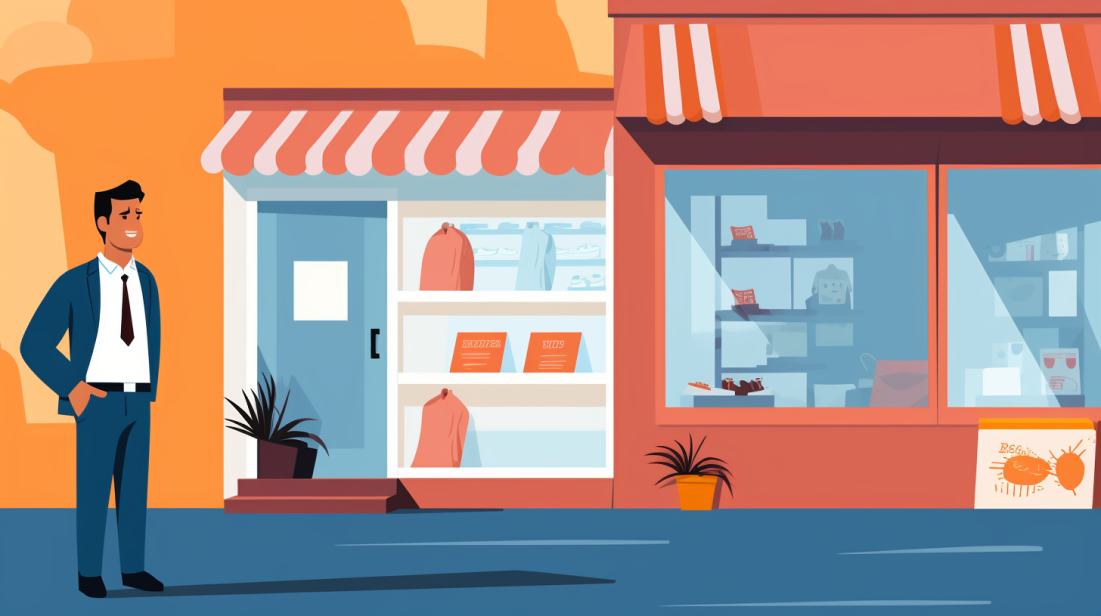
Living unbanked or underbanked presents several challenges, including limited access to credit opportunities, difficulties in building an emergency fund due to lack of a formal savings platform and the hidden expenses associated with using alternative financial services like payday loans or check cashing services. These hurdles often intensify the financial instability experienced by these households, making it harder for them to achieve long-term financial security.
Lack of access to credit
Many people do not have a chance to borrow money. They
cannot get credit cards or loans from banks. This is because they are
unbanked or underbanked. These folks often do not have enough money saved up for
emergencies or big costs, like buying a house or car. Not having access to credit makes it hard for them to cope when
cash flow becomes less or stops suddenly.
Difficulty in building an emergency fund
Saving money for an emergency is tough for unbanked households. They often don’t have enough money. Trust in banks can be low too. Underbanked people face these hard times as well. They use services that are not from a bank to manage their money or get credit. Prepaid cards do not help with building credit history. This makes it harder to make a safe place for their money for rough times like sickness or job loss. Many unbanked people go to high-cost payday loans when they need emergency cash fast because they don’t have access to bank services. In 2018, the underbanked and unbanked put down $189 billion in fees and interest on things related to handling their money, showing the struggle they face when trying to save for emergencies.
Hidden costs of alternative financial services
People with no banks often use other money services. These choices can cost a lot of extra money. For example,
cash checking spots charge fees to change your check into cash. Payday loans also have high costs. They give you money before payday but take back more when you get paid. People spent $189 billion on these kinds of fees in 2018. It’s like paying extra for your own money! These are some
hidden costs people face when they don’t use a bank and go for other options instead.
Banking Solutions for the Unbanked and Underbanked
To aid the unbanked and underbanked, various banking solutions are in place, like free checking accounts that minimize transaction fees.
Financial literacy programs are another valuable tool, educating individuals on managing their finances effectively. Moreover, online banking options have introduced a new avenue for easy access to financial services without the need for traditional brick-and-mortar establishments.
Free checking accounts
Free checking accounts can help people with
low income. Some banks offer such accounts. They do not ask for a lot of money to open the account. There is no need to keep a set amount in them either. So, there are
no bank fees to worry about. This kind of account helps those who don’t have much money. It also suits folks who wish for
privacy and trust issues with banks. You can use your free checking account from anywhere too! Thanks to
online banking, you can check your balance or
send cash with just a few clicks on your phone!
Financial literacy programs
Financial literacy programs play a big role in helping the unbanked and underbanked. They
teach people about money and banking. These are some key points:
- Some people don’t have banks because they didn’t learn about them.
- Financial literacy programs teach these people how banks can help them.
- The FDIC gives tools to help people learn about money and banks.
- You can use these tools on their website.
- People who learn from these programs may decide to open a bank account.
- These programs also teach ways to save money, get loans, and build credit.
- A strong credit score helps when you need to borrow money for important things like a house or car.
- People with less education or lower incomes often find these programs very helpful.
Online banking options
Online banking has many options. These are great for those who do not have a bank account or use banks less. Mobile banking is one of them. This is often used by people with bank accounts. It lets them access their accounts from a phone. Another option is
online banks. These banks do not have physical places but you can still do what you need to do. There are also other
non-bank online payment services that people can use to pay bills or send money to others.
The Role of Fintech in Serving the Unbanked and Underbanked

Fintech is revolutionizing the financial landscape by providing innovative solutions designed specifically to meet the needs of the underserved unbanked and underbanked populations. Let’s delve into how fintech fills a void in these communities and explore some
‘Buy Now, Pay Later’ options that are making banking more accessible. Read on for more enlightening insights!
Filling a void in unbanked and underbanked communities
New tech is helping people who don’t have banks. This tech gives
banking help to unbanked and underbanked folks. The tools they use are
apps and online banking. They can
pay bills, send money, get loans, and much more with this tech. Unbanked and underbanked spent a lot of money on fees in 2018. But now the
new tech cuts down these
high costs! It makes it easier for everyone to
manage their money in a smart way.
‘Buy Now, Pay Later’ options
‘Buy Now, Pay Later’ options are a great help. You can buy things you need now and pay over time. It works online or in the store. They usually let you take it easy on repayments and may not even check your credit. This is good for people who don’t have bank accounts or don’t use banks much. It’s like having a credit card without the actual card! Plus, it helps build up good credit history which can make life better down the road.
FAQs
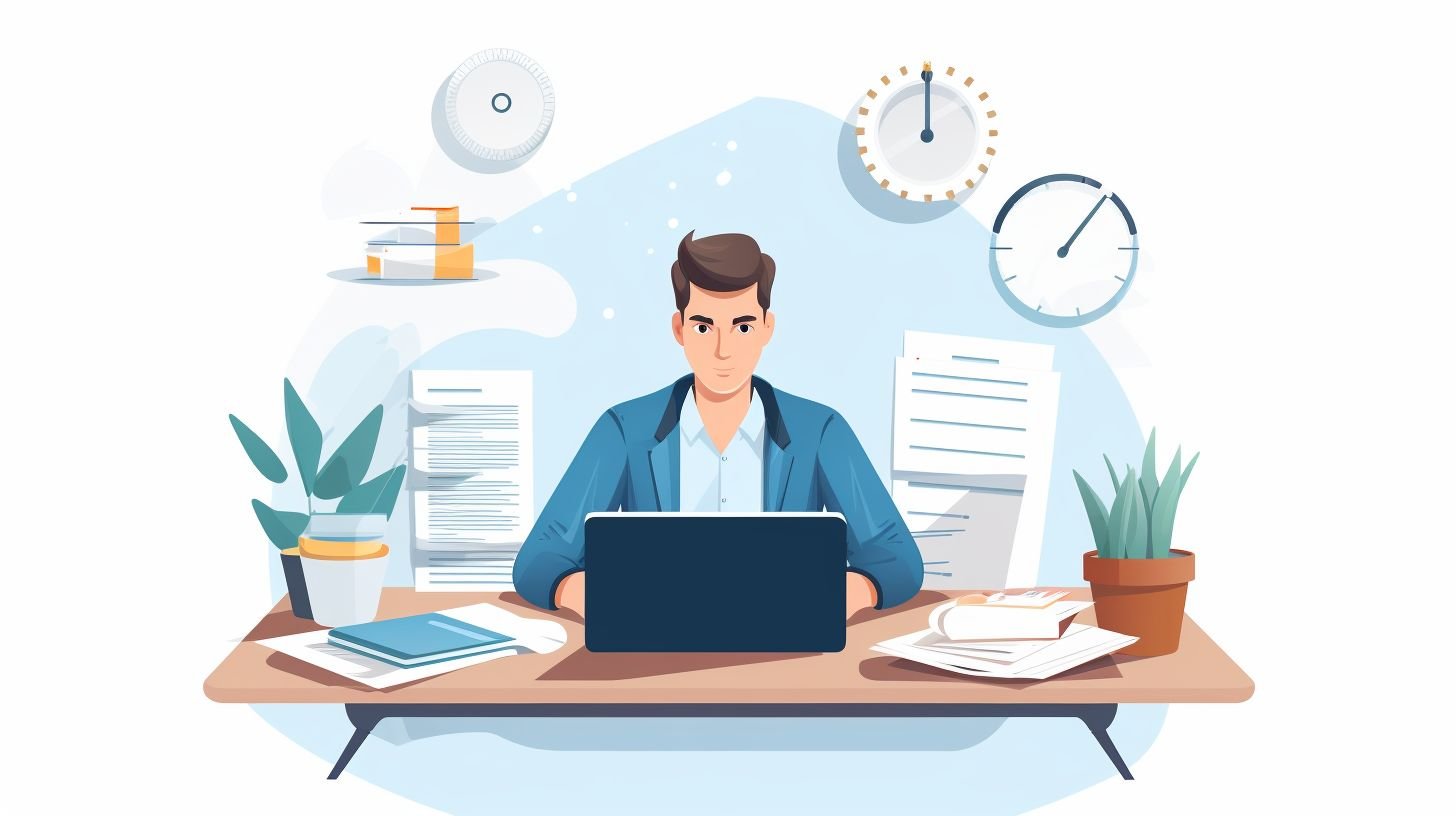
We’ll delve into some common questions revolving around unbanked and underbanked households, from the reasons behind people’s banking choices to the current statistics of these populations in the U.S. Don’t miss this insightful session answering your inquiries!
Why are people unbanked?
Some folks
don’t have a bank account. This happens for many reasons. A few people
can’t meet the least money needed to start an account. Others
don’t believe banks are safe. Some
want to keep their money matters hidden. A good number of unbanked homes
earn low wages. They
may not have finished school or might be single moms.
Black and Hispanic houses also often do not use banks. It’s important to talk about lack of banking in these groups, so we can find good answers.
How large is the unbanked population in the U.S. currently?
Right now, about
5.9 million U.S. homes do not use banks. This is only 4.5% of all U.S. homes.
Fewer people are unbanked now than in past years since the
survey began in 2009.
How large is the underbanked population in the U.S. currently?
Right now, about
14.1% of U.S. homes are underbanked. That’s close to 18.7 million households! A lot of them use mobile banking, making up almost half at 48.8%. On the other hand, online banking is less popular among this group with only 11.6% using it regularly. Credit cards aren’t too common either; just over half have one while in fully banked homes that number goes up to 76.6%. These numbers show us how big the underbanked group really is in our country right now.
How Can Expats Overcome Banking Challenges?
Expats face numerous banking challenges as they navigate financial systems abroad. However, several strategies can help them overcome these obstacles. Opening local bank accounts, researching international banking options, and utilizing online banking services are effective ways to mitigate banking challenges for expats. Additionally, seeking guidance from global financial advisors can provide valuable insights into managing finances while living abroad.
Conclusion
Great banking choices are open to all. The unbanked and underbanked can now find help through
new tech,
smart plans, and
free accounts. This opens the path to
better money life for everyone. So be sure – there’s a
bank ready to work with you out there!
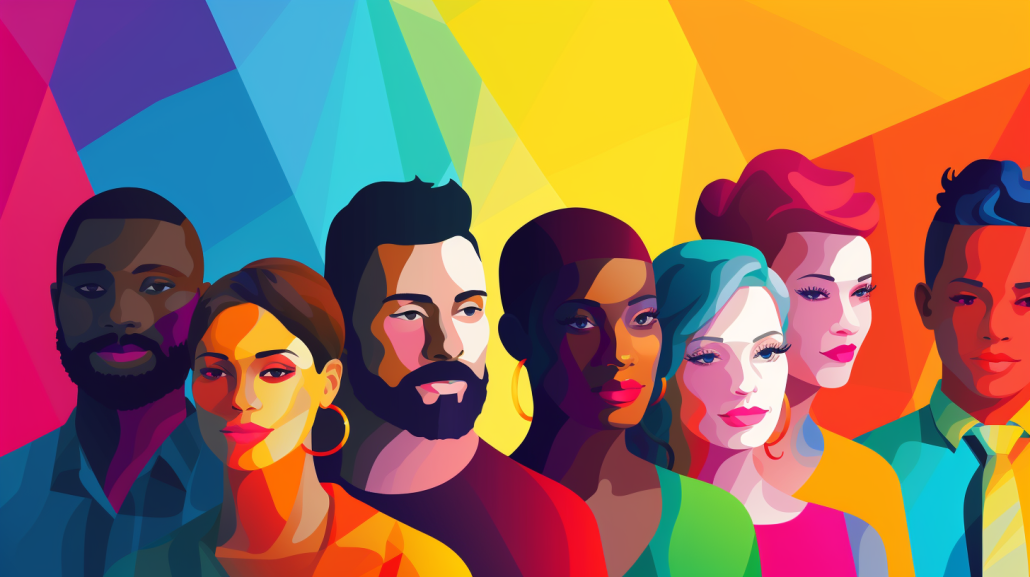
 In the U.S., a significant number of households continue to be unbanked or underbanked, with many facing barriers in accessing traditional banking services.
In the U.S., a significant number of households continue to be unbanked or underbanked, with many facing barriers in accessing traditional banking services. Living unbanked or underbanked presents several challenges, including limited access to credit opportunities, difficulties in building an emergency fund due to lack of a formal savings platform and the hidden expenses associated with using alternative financial services like payday loans or check cashing services. These hurdles often intensify the financial instability experienced by these households, making it harder for them to achieve long-term financial security.
Living unbanked or underbanked presents several challenges, including limited access to credit opportunities, difficulties in building an emergency fund due to lack of a formal savings platform and the hidden expenses associated with using alternative financial services like payday loans or check cashing services. These hurdles often intensify the financial instability experienced by these households, making it harder for them to achieve long-term financial security. Fintech is revolutionizing the financial landscape by providing innovative solutions designed specifically to meet the needs of the underserved unbanked and underbanked populations. Let’s delve into how fintech fills a void in these communities and explore some ‘Buy Now, Pay Later’ options that are making banking more accessible. Read on for more enlightening insights!
Fintech is revolutionizing the financial landscape by providing innovative solutions designed specifically to meet the needs of the underserved unbanked and underbanked populations. Let’s delve into how fintech fills a void in these communities and explore some ‘Buy Now, Pay Later’ options that are making banking more accessible. Read on for more enlightening insights! We’ll delve into some common questions revolving around unbanked and underbanked households, from the reasons behind people’s banking choices to the current statistics of these populations in the U.S. Don’t miss this insightful session answering your inquiries!
We’ll delve into some common questions revolving around unbanked and underbanked households, from the reasons behind people’s banking choices to the current statistics of these populations in the U.S. Don’t miss this insightful session answering your inquiries!
